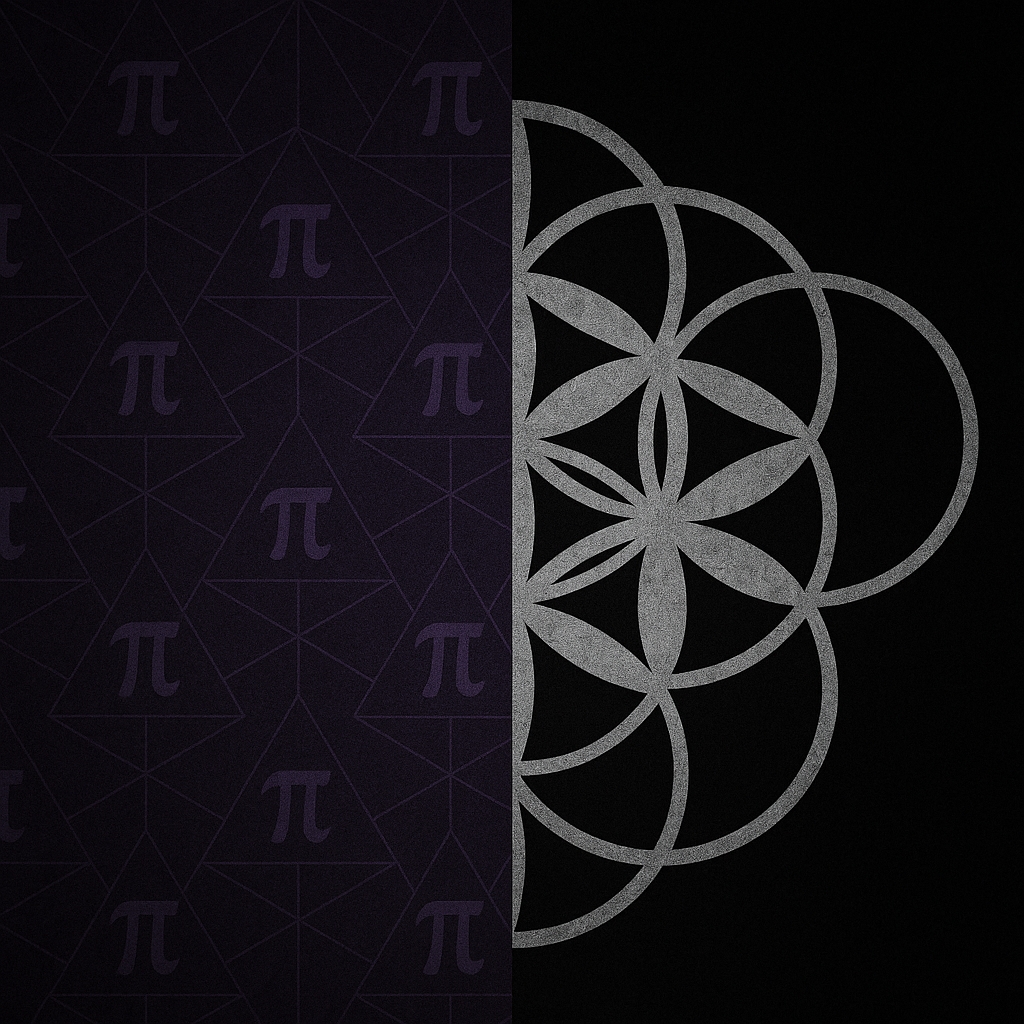This comparison isn’t for the sake of criticism — it’s a compass.
In a world full of digital projects that promise “revolutions” and “profits” without philosophy or responsibility, this is an attempt to show the difference between simulated engagement and real contribution.
Comparison Table
| Criteria | Pi Network | HUMAS System |
|---|---|---|
| Mining | Tapping a button once a day in the app | Not used. Energy is measured as personal contribution |
| Technological Base | Closed network, no access to blockchain | Open architecture, validation through meaningful actions |
| Project Purpose | Mass adoption through referral circles | New economy structure based on human energy |
| Philosophy | None. App-based gamification | Humanism, personal responsibility, digital reflection of meaning |
| Token | Pi. Not traded, no market value | HUMAScoin. Linked to HUNIT (human energy unit) |
| Participation Model | Clicking and inviting others | Contribution through conscious actions and energy trace |
| Transparency | No smart contracts, no audits | Algorithms are open, concept is public |
| Time to Launch | Since 2019, full launch still pending | HUMAS System already operates as a prototype and vision |
| Human Energy Framework | None. Human energy not addressed | Energy is the foundation: measured, acknowledged, converted |
| Promotion Strategy | Aggressive MLM model, hundreds of social groups | Subtle emergence through text, visuals, and dialogue |
Comment
Pi Network is a promise.
HUMAS System is a structure.
The first relies on waiting.
The second on awakening and action.
There’s no conflict — only a choice:
To be inside a system that imitates value, or inside one that actually creates it.

